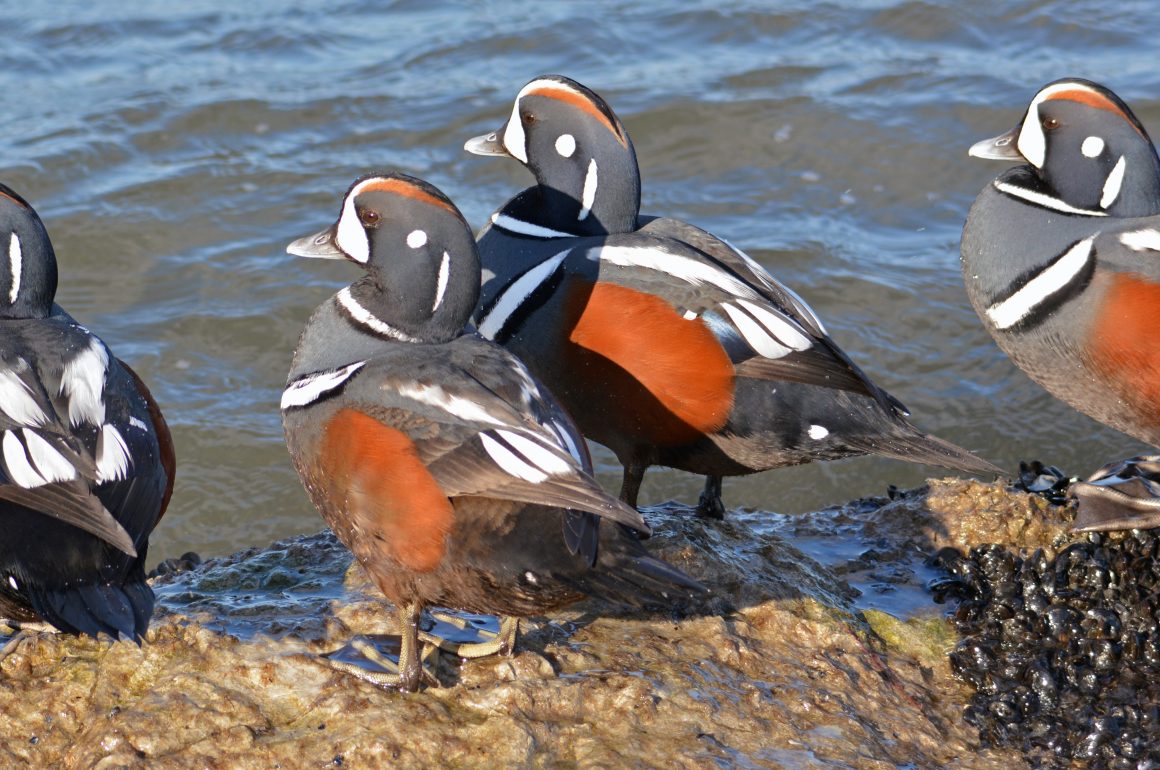
Something is lurking in the temperate rainforests of the Oregon coast. Is it Sasquatch? It is hairy and with big feet, but no, it is a Common Dutchman and he is business birding again. It has been a while – but the opportunity to extend a trip to a well-known sneaker manufacturer with a few days on the Oregon coast… too good to miss. The cherry on the cake: this is the hometown of fellow beat writers Hannah and Erik, running a seaside hotel only a stone’s throw from Haystack Rock.
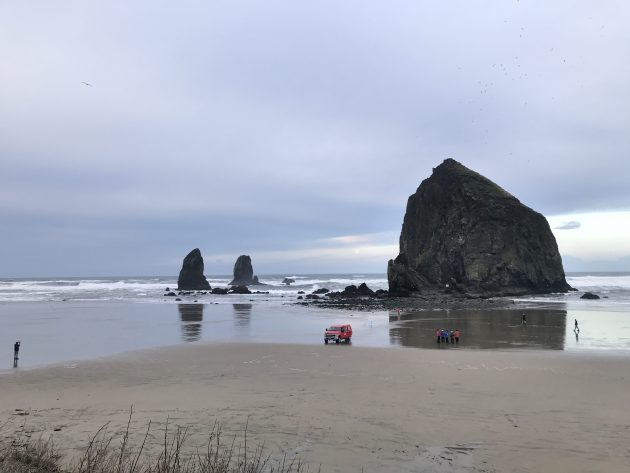
Flying in from Mexico, I landed at 18:00 hrs and rented a car. My bigfootish posture and lumbering frame touched a nerve with Mister Mark, the rental guy who kindly upgraded me. Sitting high and dry in a climate-wrecking SUV I drove to Cannon Beach. Night fell and the weather turned nasty – rain, sleet, snow and black ice warnings made me question my decision to drive to the beach at night. Would I cop it in the gloomy forests of the American Northwest? Stubbornly continuing ever forward through serial killer-friendly forests I reached the outskirts of Cannon Beach. Then, a last ditch attempt by nature to kill me: Roosevelt Elk the size of elephants in the middle of the road. I narrowly avoided crashing into them and with a feverishly beating heart drove into town. Soon, all was forgotten, the reception by Hannah and Erik was warm and the beer at the Pelican Brewery was cold. I had arrived.
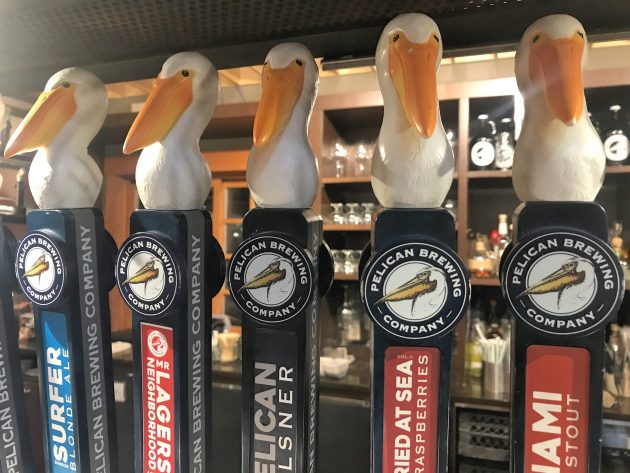
With only one day in Cannon Beach, I knew I had to go in over-drive. At the crack of dawn, with a Song Sparrow singing I was out to Haystack Rock. March is too early for the main attraction, Tufted Puffin, but the Harlequin Ducks, Black Scoters, Surf Scoters, Black Oystercatchers, Black Turnstones and the single Pigeon Guillemot were more than enough compensation. Bonus birds Brandt’s Cormorant and Pelagic Cormorant. Got them all – next stop!
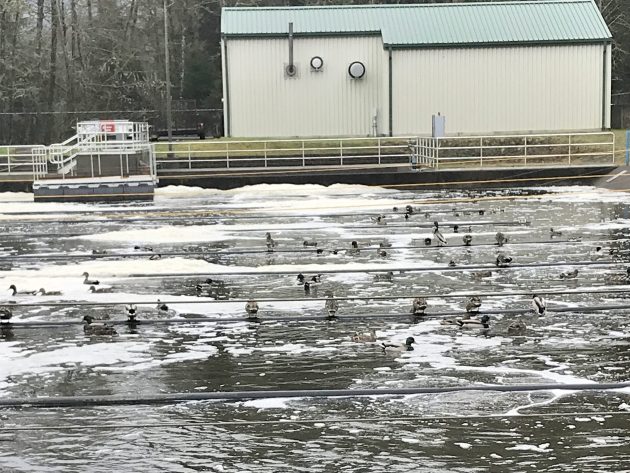
Birding and sewage treatment were made for each other so my next stop: the town’s wastewater treatment plant. Cannon Beach is an affluent town – the inhabitants’ you-know-what doesn’t stink! I walked around the settling ponds and observed the Mallards and Gadwalls feast on the “nutrients” in the treatment plant. The ponds had a pair of Cackling Geese, Northern Shovelers, Lesser Scaups, Ring-necked Ducks, and many Buffleheads. The adjacent forest was the home of a singing Pacific Wren (loud and clear!) that took a lot of time to actually see but Brown Creeper and Golden-crowned Kinglet never were more than a call in the treetops.
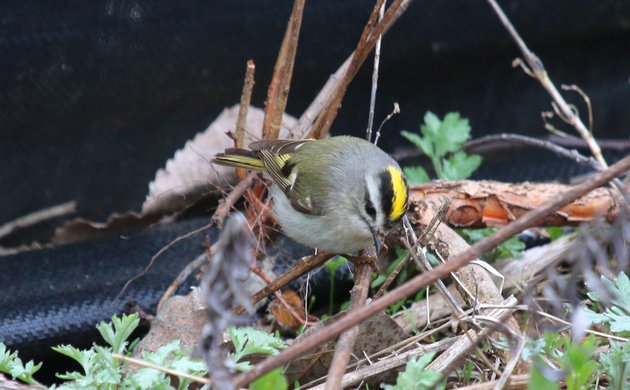
The Ecola Creek Forest Reserve had been pointed out to me as a place to see American Dipper. It had been seen at the bridge over the creek.
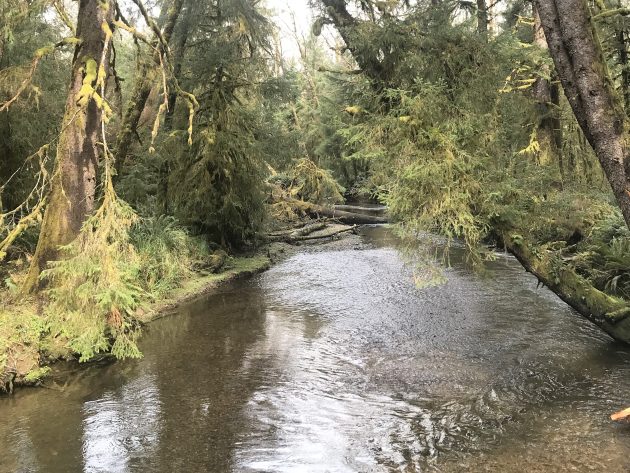
I dipped on the Dipper. The forest was so calm and soothing that I did not care. I stopped birding altogether, let the forest “come over me” and felt stress and pressure fall away. The Japanese have invented a concept called shinrin-yoku – nature bathing. The Japanese are right. Utterly relaxed and feeling refreshed I emerged from the forest and went for beers and dinner with my hosts. High intensity birding in combination with the nature bathing had yielded a dozen lifers and a clear head. Cannon Beach is the ultimate business birder destination. If you want the birder’s discount at Sea Breeze Court Hotel be prepared to list at least 6 Pittas and be able to recite all my posts. There will be a quiz.
Afterthought – wherever I travelled I was cheered on by the locals with a “Go Ducks!”. It took me a while to understand this was not an appreciation of birders, but a reaction to my hastily bought sweater (forgot my winter jacket in 38 degrees Monterrey) with the University of Oregon logo. The uni’s mascot: a duck.
Post feature picture of Harlequin Ducks by Peggy Cadigan, CC BY 2.0, via Wikimedia Commons. Other photographs by the author or from the 10000birds archive.


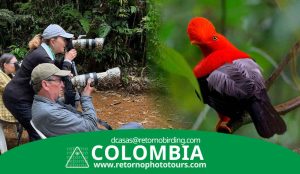
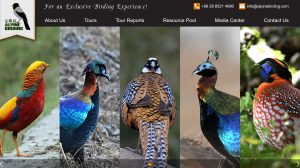
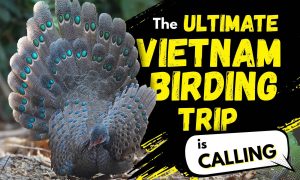
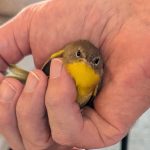
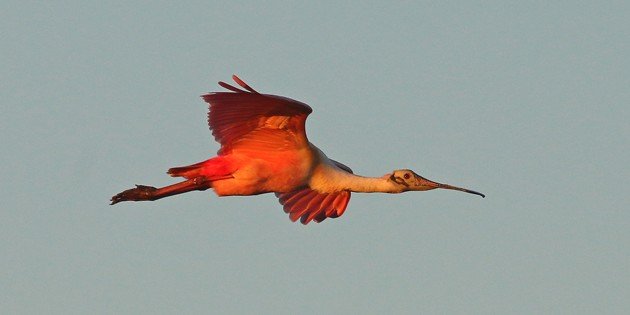
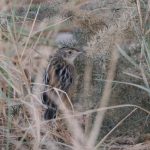
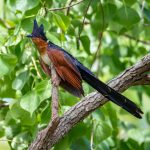
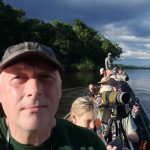
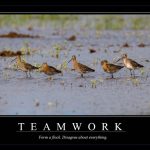
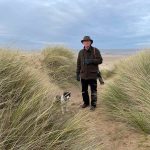
Harlequin Duck – great way to open this trip report. After essentially ignoring for many years, this past winter I made myself become acquainted again with waterfowl. It was cold. Probably not unlike Oregon, we here in Michigan also have very little winter sun. The cold allowed the inland lakes to freeze over for the first time in a few years and this helped increase the concentration of ducks on the river. Where I bird I saw mostly the same species over and over, but each week there was always at least one new species. Further up the river Harlequin Ducks were reported. Uncommon here, but they do occasionally occur and it’s always a big deal. Such a spectacular duck. Regretfully, I didn’t get to see them.
….and you must buy us a beer and swap birding stories.
It was so nice to meet you, thanks for visiting!
Ah!
That explains the recent increase in Bigfoot sightings that were reported on the Oregon coast. It was a Dutchman!
A dozen lifers was worth the trip to the Oregon coast for sure.
Will look for Hannah and Erik’s next time I am out there.